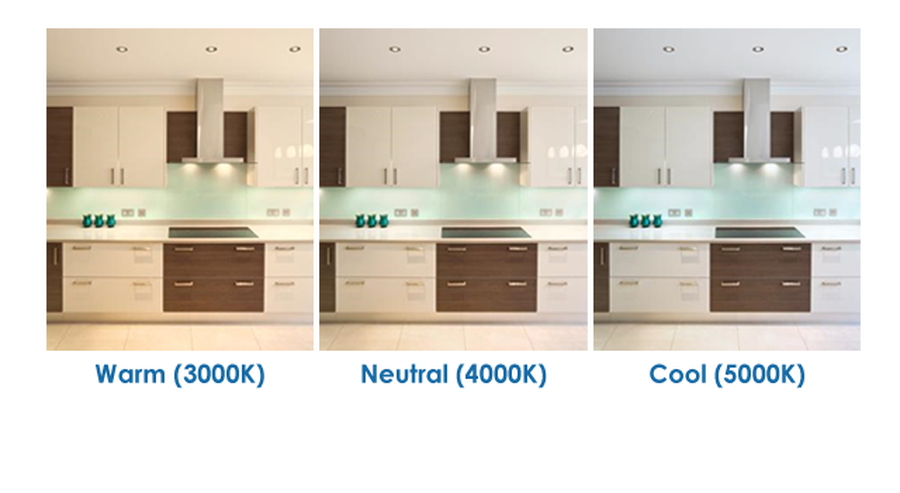Designing with Light
All Categories
About Our Plans Building a Home Building Your Home Green Building Help and Support Hobbies & Recreation Home Building Tips and Information Home Design Home Exterior & Framing Homepage Articles House Plan of the Week How We Work Ideas and Inspiration Industry News Infographics Information & Resources Inspired Spaces Interior Design Kitchens Mascord News Modified Home Designs Outdoor Living Personal Stories Plan Support Products and Services Real Estate Remodeling & Renovating Showstoppers
When designing or decorating a home, it’s easy to be caught up in the colors and material choices. However, lighting is even more important than either of these considerations. Designing with light is not about the shape of your fixtures or the lamps and shades that you choose, but rather the color, placement and intensity of your lighting.
Color Temperature
It’s surprising, but it’s true: The color temperature of your lighting will have a greater effect on the mood of a room than the paint, textile and furniture choices. For design purposes, the three main color temperatures include blue, white and yellow.
Blue lighting can make a room feel cooler, and it lends a clean, modern effect to a room. Bright whites make rooms feel cleaner and more spacious – even if those rooms are decorated in darker colors. Yellow lights have a warming effect, and they are used to create comforting, relaxing or intimate moods.
Placement
Light placement is every bit as important as color. In kitchens or other places that you work in, bright, even overhead lighting makes the space feel more useful. In living rooms and bedrooms, you can achieve a more comfortable, relaxed feeling with lamp light or spotlights. You can also use spotlighting or other directional lights to highlight interesting pieces of furniture or artwork. In dining rooms, wall sconces are popular. These fixtures reflect light off of the walls and ceiling, which provides an even but diffuse light source.
Intensity
Intensity is important, not simply as a design choice, but also as a means to prevent visual exhaustion and a loss of focus. Bright spots of light and shadowed corners can be distracting. For instance, bright spotlighting in a dark office reduces your productivity in two ways: It means that your focus will shift to the brighter areas incessantly. Since your eyes will need to adjust to the varying intensities constantly, you’re much more likely to suffer from eyestrain.
The rule of thumb is that dimly lit areas should have no less than 1/3 the luminance of brightly lit areas. In workspaces such as kitchens or offices, you’ll want to minimize eyestrain and distraction with high-intensity lighting that leaves few, if any, dim areas. In large spaces or restful areas, you can maintain the one-third rule by using low-intensity spotlights or lamps to rid the room of deep shadows.
You can find an excellent in-depth discussion on designing with light here: Lighting Principles in Interior Design of Management Spaces
